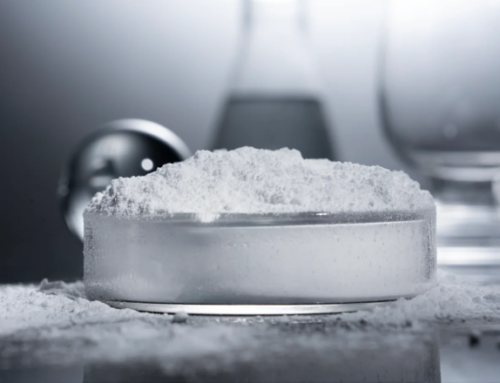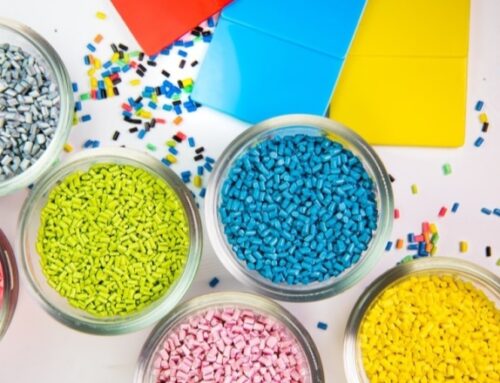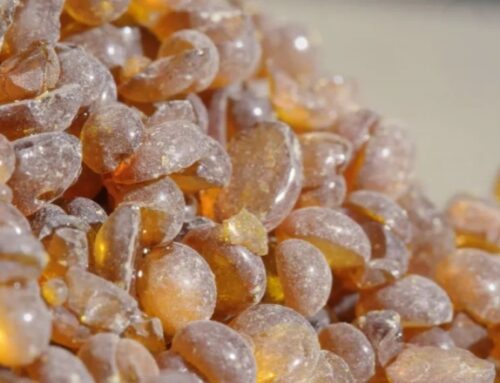Antioxidants are substances that prevent and resist the oxidation process of substances. Its species are very rich, there are low molecular weight, there are high molecular weight; Some are natural, some are synthetic.

Classification of antioxidants
1. Main antioxidant
Typical primary antioxidants include the following two classes:
Aromatic amine antioxidants: amine antioxidants are almost all derivatives of aromatic secondary amines, mainly diaryl secondary amines, p-phenylenediamines and keto amines, aldehydes and so on. Most of them have good antioxidant performance, but they are easy to produce color stains, mainly used in the rubber industry and polyurethane products.
Hindered phenolic antioxidants: The most widely used class of primary antioxidants. Antioxidant efficacy is generally weaker than amine antioxidants, but no pollution, mainly used in plastics and light-colored rubber products. Many famous products, such as 1010 and 1076, belong to this category.
2. Auxiliary antioxidant
It is mainly divided into two categories: thiodipropionate and phosphite. They are mainly used in polyolefins and are used with phenolic antioxidants to produce synergies.
Phosphite is the most widely used auxiliary antioxidant, typical products such as 168.
Thioether is another class of auxiliary antioxidants, typical products such as DLTDP and DSTDP.
3. Metal passivator
When the polymer is in contact with heavy metals, the catalytic action of heavy metal ions will cause the polymer to degrade, such as the core of the cable material is copper, which often causes copper damage, so it is necessary to add copper ion passivator, metal passivator can greatly improve the stability of the polymer.


Today I’m going to focus on arylamine antioxidants.
Aromatic amine antioxidants are primary antioxidants with good antioxidant properties. They participate in oxidation reactions by providing hydrogen atoms to generate amines and carbon center free radical intermediates, and further conjugate reactions to produce compounds with antioxidant properties. These compounds are then converted into nitrooxides, or benzoquinone-imide, to mop up carbon free radicals.
However, arylamine antioxidants have some disadvantages, such as toxicity, pollution, easy discoloration and easy oxidation. Therefore, the application in plastic and some rubber products is limited. At present, they are mainly used in petroleum products (such as lubricants) and in the rubber industry, which is less sensitive to color.
In order to improve the performance of aromatic amine antioxidants, silicon groups can be introduced into the molecules to improve heat resistance and antioxidant efficiency. In addition, the introduction of hydroxyl groups into the molecule can reduce coloration. The compatibility of amine antioxidants can be improved by alkylation or substitution of aryl groups. Benzylamine derivatives are a kind of pollution-free and well-compatible antioxidant.
According to the product structure, aromatic amine antioxidants can be mainly divided into p-phenylenediamines, diphenylamine, phenyl-α-naphthylamine and phenothiazine antioxidants.
P-phenylenediamine antioxidants are widely used in petroleum products and natural rubber. For example, the condensation of p-phenylenediamine with octanol gives antioxidant 288, which is suitable for both natural and synthetic rubber. P-phenylenediamine antioxidants are one of the most effective anti-cracking and highly efficient multi-functional antioxidants.
Diphenylamine antioxidants have been used as lubricant antioxidants for nearly 30 years. Among them, dioctyl diphenylamine, butyloctyl diphenylamine and dinonyl diphenylamine are the most widely used ash-free antioxidants.
N-phenyl-alpha-naphthylamines such as T531, Rhein Chemie Additin 7130, Ciba Irganox L06, Crompton Naugalube APAN, and Vanderbilt Vanlube PNA are widely used in the antioxidant field.
Phenothiazine antioxidants (such as diphenylamine sulfide) act as both free radical terminators and peroxide decomposers. Compared with commonly used alkyl diphenylamine antioxidants, phenothiazine antioxidants have better antioxidant effects. They can effectively inhibit the oxidation and viscosity growth of oil products at high temperatures, but may cause sedimentation problems. To solve this problem, long carbon chain alkyls can be introduced on the benzene ring or nitrogen atom to increase its oil solubility, thereby reducing the formation of precipitation. Alkyl phenothiazines are divided into two classes, one is alkyl phenothiazines substituted on nitrogen atoms, and the other is alkyl phenothiazines substituted on benzene rings. Alkyl phenothiazine substituted by alkyl on benzene ring is more widely used in lubricating oil.
Article from M&J International Trading Co., Ltd





